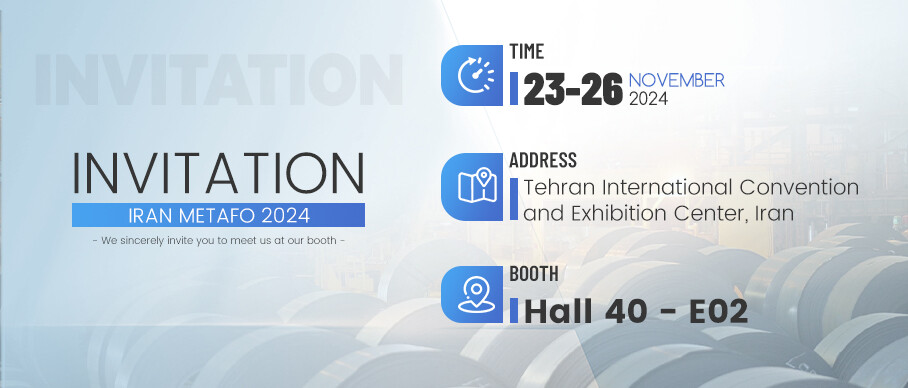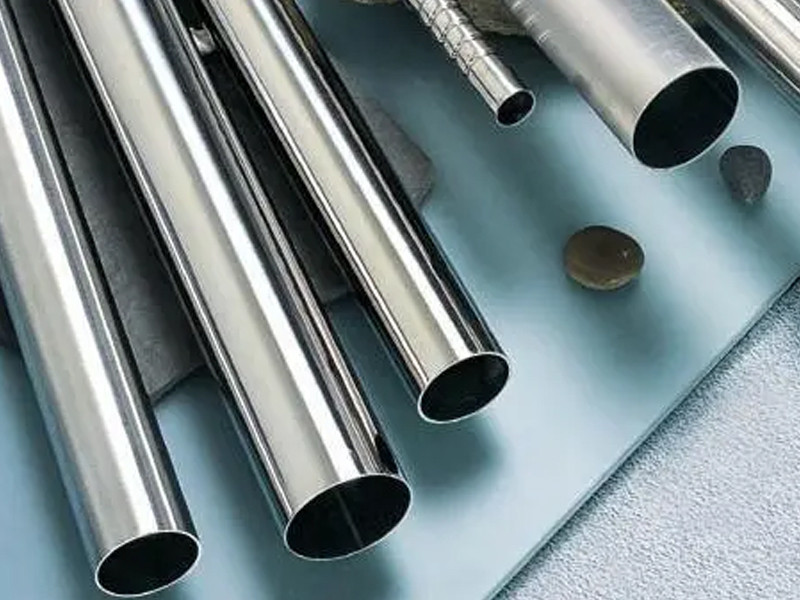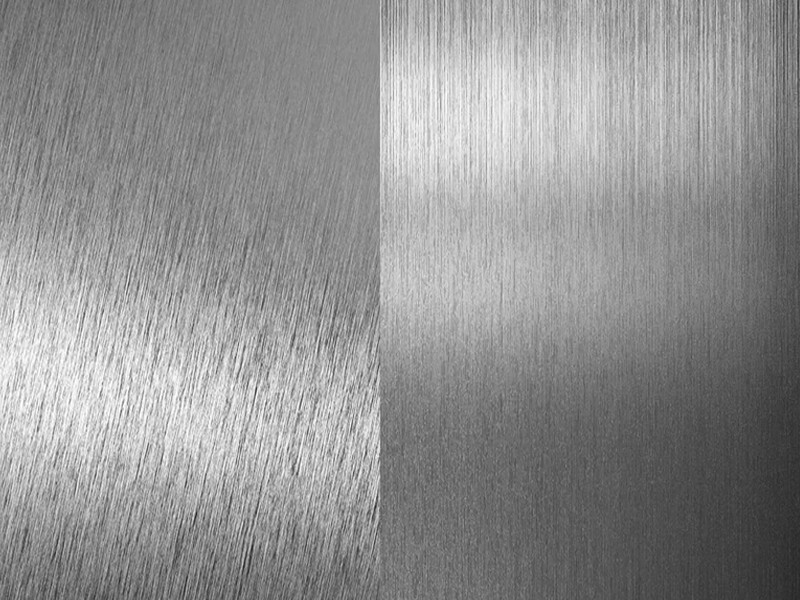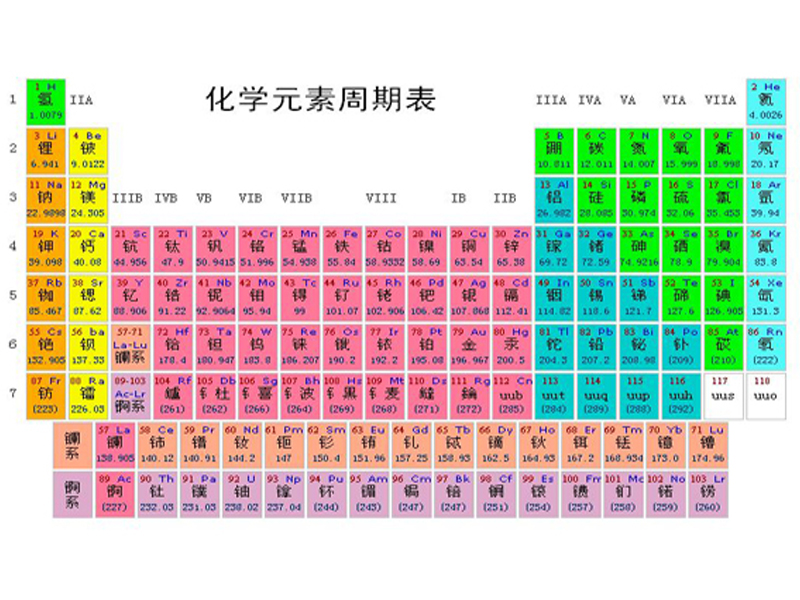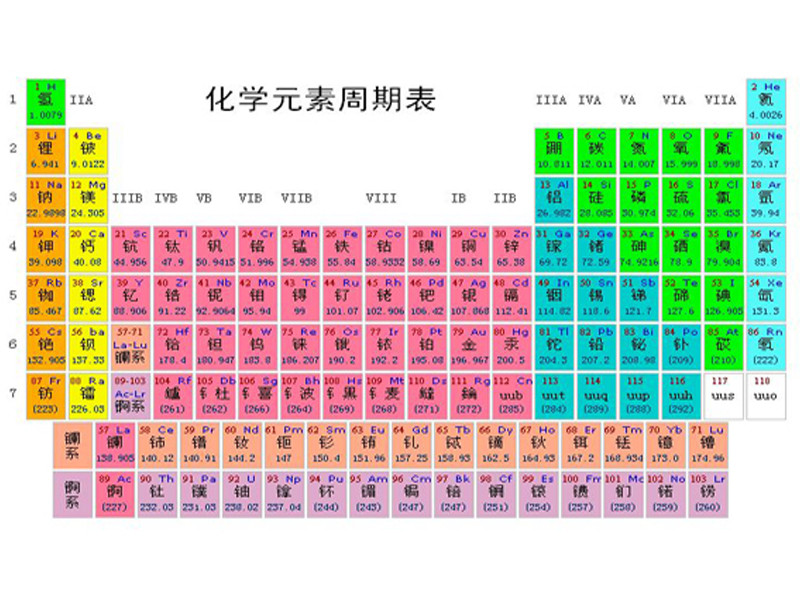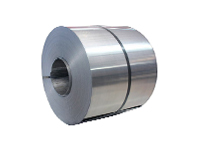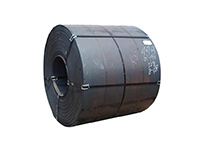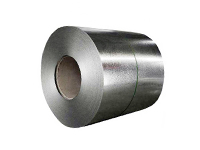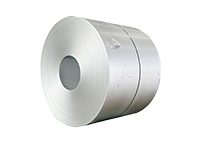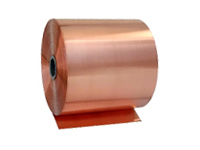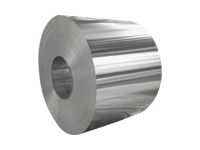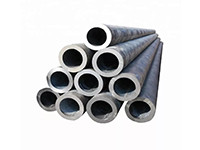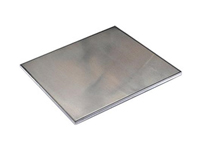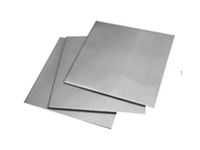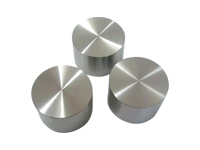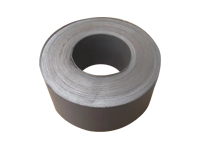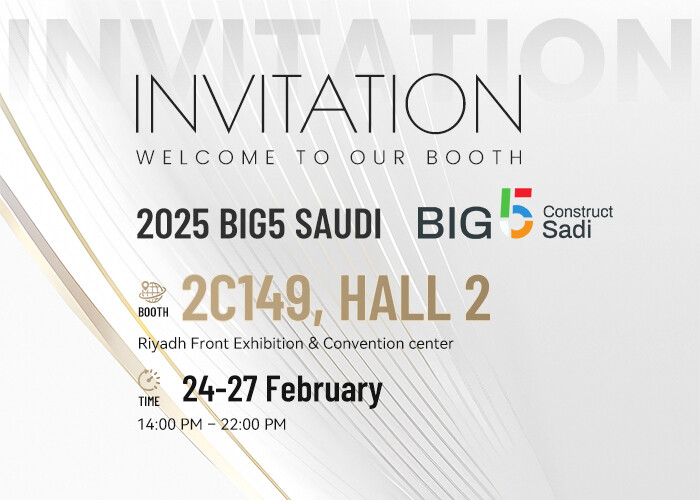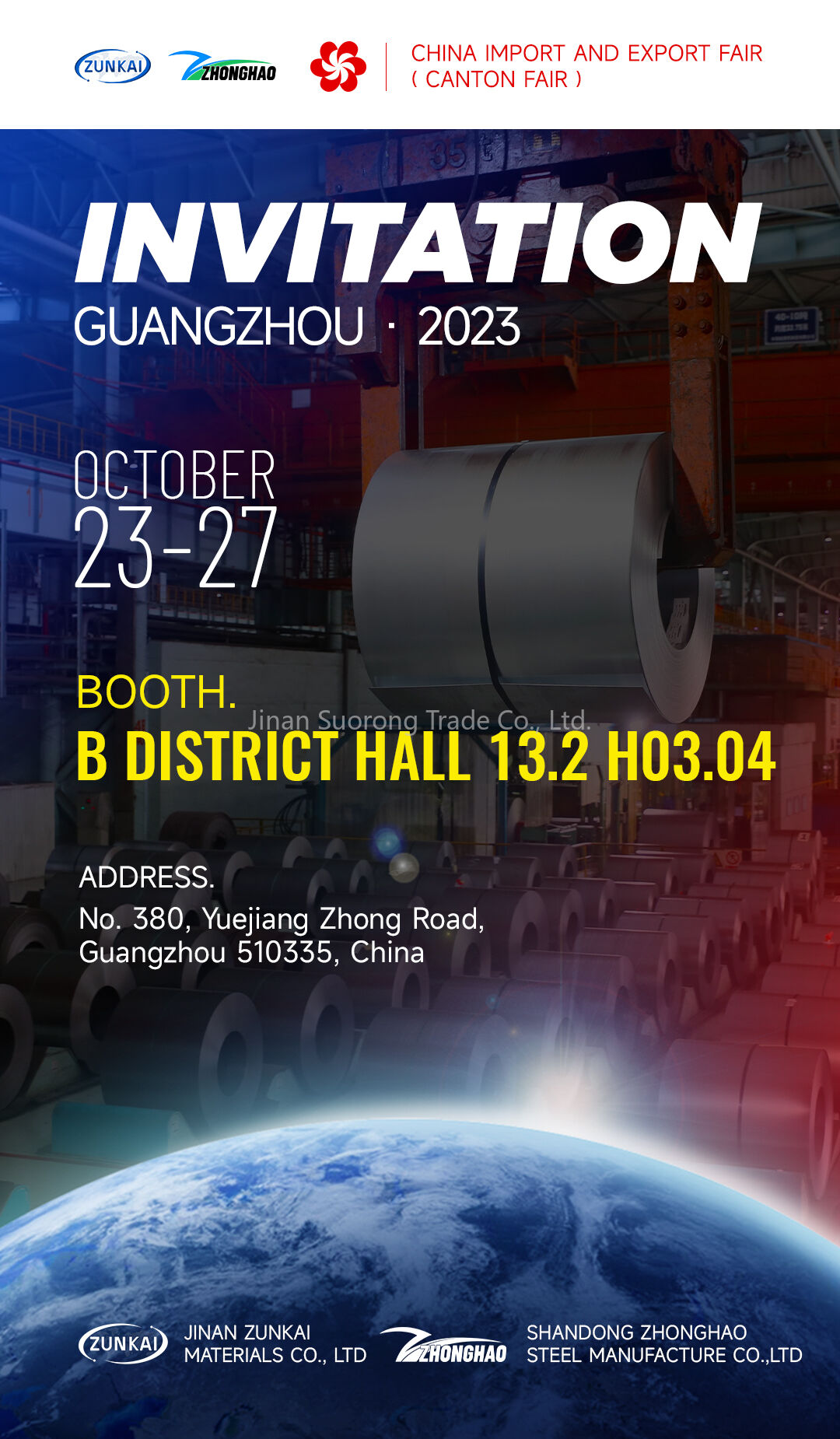News
 Summary of the basic types of stainless steel surface processing
Summary of the basic types of stainless steel surface processing
Stainless steel has a variety of surface processing has broadened its application field, different surface processing so that stainless steel surface is different, so that its unique in the application. In the field of architectural applications, the surface finishing of stainless steel is important for a number of reasons.
First, the basic types of surface processing
Can be used for stainless steel surface processing roughly five, they can be combined to use, transform more final products.
The five categories are:
1. Rolling surface processing
2. Mechanical surface processing
3. Chemical surface processing
4. Mesh surface processing and color surface processing
There are also specialized finishes, but no matter which finish is specified, the following steps should be followed:
1, with the manufacturer to agree on the required surface processing, it is better to prepare a sample, as the future mass production standard.
2. When large area is used, such as composite plate, it is necessary to ensure that the base coil or coil material used is the same batch.
3, the selection of surface processing should be taken into account the production process, for example: in order to remove the welding bead, it may be necessary to repair the weld, but also to restore the original surface processing. Patterned panels are difficult or even impossible to meet this requirement.
4, for some surface processing, grinding or polishing grain is directional, known as one-way. If the grain is used vertically rather than horizontally, dirt is less likely to adhere to it and is easier to clean
Two, rolling surface processing
There are three basic rolled surface treatments for sheet and strip, which are expressed through the production process of sheet and strip.
No.1: After hot rolling, annealing, pickling and descaling. The surface of the steel plate after treatment is a dull surface, a little rough.
No.2D: Better finish than N0.1, also dull surface. After cold rolling, annealing, descaling, finally with wool roll light rolling.
No.2B: This is most commonly used in architectural applications, except for the final light cold rolling with a polishing roller after annealing and scaling, the process is the same as 2D, the surface is slightly glowing and can be polished.
No.2B Bright Annealing: This is a reflective surface that is rolled by a polishing roller and finally annealed in a controlled atmosphere. Bright annealing retains its reflective surface and does not produce oxide skin. Because no oxidation reaction occurs in the process of bright annealing, pickling and passivation are not needed.
Three, polishing surface processing
No.3: represented by 3A and 3B. 3A: The surface is ground evenly, and the abrasive particle size is 80 ~ 100. 3B: wool surface polishing, the surface has uniform straight lines, usually with particle size of 180 ~ 200 sand belt in 2A or 2B plate a polishing.
No.4: Unidirectional finish, not very reflective, this finish is probably the most widely used in construction applications. The process is first polished with coarse abrasive, and finally grinded with abrasive with a particle size of 180.
No.6: is a further improvement to No.4 by polishing the surface of No.4 with a Tampico brush in abrasive and oil media. This FINISH IS NOT FOUND IN THE British STANDARD 1449", BUT IS FOUND in the American STANDARD.
No.7: Known as bright polishing, it is the polishing of a surface that has been finely ground but still has wear marks. Usually a 2A or 2B plate is used, with a fiber or cloth polishing wheel and the corresponding polishing paste.
No.8: specular polished surfaces with high reflectance are often referred to as specular surface finishing because it reflects a clear image. Stainless steel is polished continuously with a fine abrasive and then polished with a very fine polishing paste. In architectural applications it should be noted that such surfaces can leave fingerprints if used in areas with high human flow or frequent human touch. Handmarks can certainly be rubbed off, but sometimes they are not aesthetically pleasing.
Four, surface roughness
The classification of rolled surface work and polished surface work is an indication of the extent to which it can be achieved. Another effective representation is the measurement of surface roughness. The standard measurement is called a CLA (Center line mean), where the meter is moved laterally across the surface of the steel plate to record how much the peaks and valleys change. The smaller the CLA number, the smoother the surface. The surface finishes and CLA numbers in the table below show the final results of the different grades.
Five, mechanical polishing
Note: WE should keep in MIND that grinding operations with sandpaper or belt are basically abrasive cutting operations, leaving very fine lines on the surface of the steel plate. We've had trouble with alumina as an abrasive, partly because of pressure issues. Any grinding parts of the equipment, such as sand belt and grinding wheel, should not be used for other non-stainless steel materials before use. Because this will contaminate the surface of stainless steel.
Six, electrolytic polishing
This is a metal scavenging process in which stainless steel acts as an anode in an electrolyte and metal is removed from the surface after electricity is applied. The process is commonly used for machining parts because their shapes are difficult to polish by traditional methods. The process is often used on the surface of cold rolled steel plate because its surface is smoother than that of hot rolled steel plate. However, electrolytic polishing will make the surface impurities more obvious, especially titanium and niobium stabilized materials will make differences in the weld zone due to granular impurities.
Small welding scars and sharp edges can be removed by this process. This process focuses on the protrusions on the surface and solubilizes them preferentially. Electrolytic polishing process is to soak stainless steel in heated liquid, liquid ratio involves a lot of proprietary technology and patent technology. The electrochemical polishing effect of austenitic stainless steel is very good.
Seven, mesh surface processing
Stainless steel can be used in many types of patterns. The advantages of steel plate with added pattern or mesh surface processing are as follows:
1) Reduce the "oil can-ning" of metal roofing materials, a term used to describe a shiny material surface that is optically uneven. For EXAMPLE: THE ADORNMENT BOARD OF LARGE AREA, ALTHOUGH PASS STRETCH STRAIGHTENING OR TENSION PULL STRAIGHTENING TO ALSO MAKE THE SURFACE VERY HARD COMPLETELY FLAT, CAN APPEAR METAL ROOFING MATERIAL CRUMBLES ACCORDINGLY.
2) Mesh patterns can reduce glare in the sun.
3) Pattern plate if there are slight scratches and small area indentation are not obvious.
4) Increase the strength of the steel plate.
5) It gives architects a choice. Patented patterns include cloth patterns (for the Ed House in London), mosaics, pearls and leather patterns. You can also use corrugated and linear patterns. Patterned surfaces are especially suitable for interior finishes such as elevator paneling, counters, siding and entrances. External application should be considered to make stainless steel can be washed through the rain and artificial surface, to avoid the accumulation of dirt and air impurities, so as not to cause corrosion affect the appearance.
Eight, wool surface processing
Rough surface finishing is one of the most commonly used surface finishing. It is used to polish the surface of steel plate with nylon grinding belt or brush after polishing or bright annealing.
 What is the difference between 304,304 H and 304L?
What is the difference between 304,304 H and 304L?
What is the difference between 304, 304H and 304L?
In fact, according to the content of chromium nickel is 304 stainless steel, the composition is containing 18% chromium (Cr), 8% nickel (Ni), but the main difference is the different carbon content.
304L is an ultra-low carbon stainless steel, the carbon content is reduced to below 0.03%, can avoid intergranular corrosion, and in theory the stress corrosion resistance effect is stronger than 304, but the effect is not obvious in practical application. The purpose of reducing carbon and adding titanium is the same, but the 321 smelting cost of adding titanium is higher, the molten steel is thick, and the price is more expensive.
H in 304H refers to high temperature, high carbon content is the guarantee of high temperature strength, GB150 requires austenitic steel used in 525 degrees above, carbon content is not less than 0.04%, carbide is the strengthening phase, especially high temperature strength is better than pure austenite.
Among the three, the highest carbon content is 304H, the lowest carbon content is 304L, and the carbon content of 304 stainless steel in between the two. The higher the carbon content, the worse the corrosion resistance of stainless steel and the easier it is to rust. The carbon content will also lead to a difference in the price, or the use of different requirements.
 304 stainless steel belt and 316 stainless steel belt main difference
304 stainless steel belt and 316 stainless steel belt main difference
Customers who often purchase stainless steel belt understand that the two most commonly used stainless steel belt models are 304 stainless steel belt and 316 stainless steel belt. Customers are usually based on the needs or use of the environment to choose different models, but for the first time to buy stainless steel belt customers, may not understand the different models in the number represents what the meaning, today spring to explain to you about this knowledge.
Actually 304 stainless steel belt and 316 stainless steel with the main difference reflected in whether there is the chemical elements in product molybdenum (Mo), about 316 types of stainless steel, molybdenum is found in its composition, and 304 do not contain this element, and it is generally believed that 316 products in the environment of high temperature corrosion resistance is better, so the general engineering Personnel will choose products made of 316 materials, but it should be noted that when concentrated sulfuric acid is used in the environment, No. 316 materials can be used, otherwise the molybdenum element will react with concentrated sulfuric acid to produce molybdenum disulfide, and the consequences of such reaction are very serious.
Through the understanding of the above may know, in fact, the number of the stainless steel with no special meaning, that is to say 316, 304 in 4 or 16 is not represent a specific value, that is to say the Numbers and types of collocation is actually not too much regularity, for those who need to acquire the knowledge, will need to adopt modeling of memory Keep in mind the type of material and their respective characteristics, and pay attention not to be confused in practical application, otherwise it may cause very serious consequences.
In addition, in the purchase of stainless steel belt must choose reliable product quality, perfect service enterprises to cooperate, excellent quality can ensure the application effect of products, and good customer service can help customers avoid a lot of worries.
 The role of the elements in stainless steel
The role of the elements in stainless steel
At present, there are more than 100 known chemical elements, and about 20 chemical elements can be encountered in steel materials commonly used in industry.
For people in a long struggle with the corrosion phenomenon formed by the practice of the special steel stainless steel series, the most commonly used element has a dozen, in addition to the basic elements in iron steel, with the largest elements affect on the performance of the stainless steel is: carbon, chromium, nickel, manganese, silicon and molybdenum, titanium, niobium, titanium, manganese, nitrogen, copper, cobalt, etc. In addition to carbon, silicon and nitrogen, these elements are transitional elements in the periodic table of chemical elements.
Effects of various elements on the properties and microstructure of stainless steel
1. The decisive role of chromium in stainless steel: the determination of stainless steel belongs to only one kind of elements, this is chromium, each stainless steel contains a certain amount of chromium. To date, there is no stainless steel without chromium. The reason why chromium has become the main element to determine the performance of stainless steel, the fundamental reason is to add chromium to steel as an alloying element, promote its internal contradictory movement to the development of resistance to corrosion damage. This change can be explained from the following aspects: ① chromium increases the electrode potential of iron-based solid solution; ② Chromium absorbs the electrons of iron and passivates iron. Passivation is the phenomenon that corrosion resistance of metals and alloys is improved because the anodic reaction is prevented. There are many theories of metal and alloy passivation, mainly thin film theory, adsorption theory and electron arrangement theory.
2. The role of nickel in stainless steel is in coordination with chromium nickel is excellent corrosion resistant material, but also an important alloying element of alloy steel.
Nickel is an element of austenite formation in steel, but the nickel content of low carbon nickel steel should reach 24% to obtain pure austenite structure. However, the corrosion resistance of the steel in some media can be significantly changed only when the nickel content is 27%. So nickel alone cannot form stainless steel. But when nickel and chromium exist in stainless steel at the same time, the stainless steel containing nickel has many valuable properties. Based on the above situation, the role of nickel as an alloying element in stainless steel is that it makes the structure of high chromium steel change, so that the corrosion resistance and process performance of stainless steel to obtain some improvement.
3. Manganese and nickel chrome nickel in the process of the nitrogen can replace chromium nickel stainless steel austenitic steel advantage although a lot of, but in recent decades because of nickel-base heat resistant alloy and nickel of less than 20% of the heat intensity development and application of steel, and the growing development of chemical industry of growing demand for stainless steel, nickel and mineral deposits is less and concentrated distribution in minority areas, Therefore, there is a contradiction between the supply and demand of nickel in the world. So in the field of stainless steel and many other alloys, such as large castings and forgings with steel, tool steel, refractory steel, etc.), especially the relative lack of resources of the country, nickel widely carried out section nickel and nickel with other element generation of scientific research and production practice, in this aspect research and application of more on manganese and nitrogen instead of nickel in stainless steel and heat resistant steel.
4. The application is more manganese and nitrogen to replace the nickel in stainless steel and heat resistant steel.
Manganese plays little role in improving the corrosion resistance of steel. For example, when the manganese content of steel changes from 0 to 10.4%, the corrosion resistance of steel in air and acid does not change significantly. This is because manganese has little effect on improving the electrode potential of iron-based solid solution, and the protective effect of the oxide film formed is also very low. Therefore, although there are austenitic steel alloyed with manganese in industry (such as 40Mn18Cr4,50Mn18Cr4WN, ZGMn13 steel, etc.), they can not be used as stainless steel.
The effect of manganese in stabilizing austenite in steel is about half that of nickel, that is, the effect of 2% nitrogen in steel is also stabilizing austenite, and the effect is greater than nickel. For example, in order to obtain austenitic structure of 18% chromium-containing steel at room temperature, low nickel stainless steel with manganese and nitrogen instead of nickel and chromium-manganese nitrogen without inducing steel with primary nickel have been applied in industry, and some have successfully replaced the classic 18-8 chromium-nickel stainless steel.
4 stainless steel titanium or niobium is to prevent intergranular corrosion.
5. Molybdenum and copper can improve the corrosion resistance of some stainless steels.
6. The effect of other elements on the properties and microstructure of stainless steel
The above nine main elements on the performance and organization of stainless steel, in addition to these elements on the performance and organization of stainless steel elements, stainless steel also contains some other elements. Some are common impurity elements like steel, such as silicon, sulfur, phosphorus and so on. Some are also added for some specific purposes, such as cobalt, boron, selenium, rare earth elements, etc. From the corrosion resistance of stainless steel this main property, these elements relative to the nine elements discussed, are not the main aspect, although this, but also can not be completely ignored, because they also affect the performance and organization of stainless steel.

 Stainless steel material comparison
Stainless steel material comparison Carbon steel material comparison
Carbon steel material comparison Galvanized material comparison
Galvanized material comparison Galvalume material comparison
Galvalume material comparison Copper material comparison
Copper material comparison Aluminum material comparison
Aluminum material comparison Common grades of carbon steel pipes
Common grades of carbon steel pipes Tinplate material comparison
Tinplate material comparison Alloy material comparison
Alloy material comparison Titanium alloy material comparison
Titanium alloy material comparison Silicon steel material comparison
Silicon steel material comparison Pressure vessel plates common grades
Pressure vessel plates common grades
 Gather strength to build excellence together -- Jinan Longmen Mountain Group building activity in 2025 was successfully held2025-03-31On March 3, the beginning of spring, Jinan Longmen Mountain Scenic Spot ushered in a team feast full of vitality and passion. All the staff of our company gathered here to carry out a unique outdoor group building activity with the theme of "forging excellent team". As a national 4A scenic spot with majestic mountains, ecological oxygen bars and professional development facilities, Longmen Mountain provided the perfect stage for this event with its lush natural scenery and mature team collaboration venue.
Gather strength to build excellence together -- Jinan Longmen Mountain Group building activity in 2025 was successfully held2025-03-31On March 3, the beginning of spring, Jinan Longmen Mountain Scenic Spot ushered in a team feast full of vitality and passion. All the staff of our company gathered here to carry out a unique outdoor group building activity with the theme of "forging excellent team". As a national 4A scenic spot with majestic mountains, ecological oxygen bars and professional development facilities, Longmen Mountain provided the perfect stage for this event with its lush natural scenery and mature team collaboration venue. Re-innovation, total transcension -- 2025 annual ceremony was successfully held2025-02-25On February 15, 2025, Shandong Building was permeated with a festive and progressive atmosphere. Our annual event with the theme of "Re-innovation, Surpass together" was held here. This annual meeting, which integrates summary, commendation and celebration, is not only an affectionate look back on the past year, but also an enthusiastic outlook on the future journey. All colleagues gathered together to witness the glorious moment belonging to the team.
Re-innovation, total transcension -- 2025 annual ceremony was successfully held2025-02-25On February 15, 2025, Shandong Building was permeated with a festive and progressive atmosphere. Our annual event with the theme of "Re-innovation, Surpass together" was held here. This annual meeting, which integrates summary, commendation and celebration, is not only an affectionate look back on the past year, but also an enthusiastic outlook on the future journey. All colleagues gathered together to witness the glorious moment belonging to the team. 2025 BIG5 SAUDI2025-02-25Welcome to meet me at our booth 2C149, HALL 2.Riyadh Front Exhibition & Convention center
2025 BIG5 SAUDI2025-02-25Welcome to meet me at our booth 2C149, HALL 2.Riyadh Front Exhibition & Convention center The 134th China Import and Export Fair booth is out;2023-10-13At present, the renovation has been concentrated and started.
The 134th China Import and Export Fair booth is out;2023-10-13At present, the renovation has been concentrated and started.
We are a company specializing in steel production and trade, mainly producing hot rolled, cold rolled, stainless steel, alloy and other products, and also has integrated house production factories such as container houses and movable panel houses.
In the international import and export industry, we have more than ten years of experience;
If you are interested in participating in the China Import and Export Fair and are interested in our products, you can leave your WhatsApp or email and we will contact you with relevant information and price list The correct method of cleaning stainless steel doors and Windows, what are there?2023-04-20We are a well-known enterprise in the steel industry for many years, the following to tell you about the cleaning method of stainless steel doors and Windows surface.
The correct method of cleaning stainless steel doors and Windows, what are there?2023-04-20We are a well-known enterprise in the steel industry for many years, the following to tell you about the cleaning method of stainless steel doors and Windows surface.
Get product information and quotes
